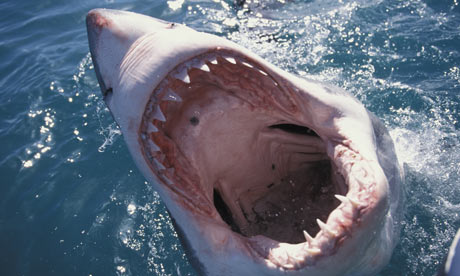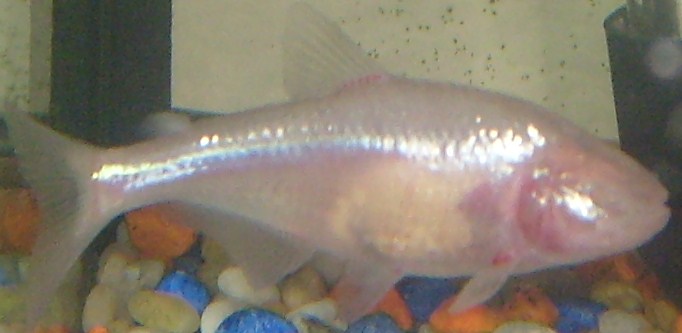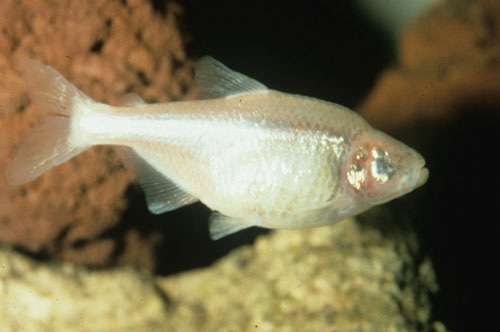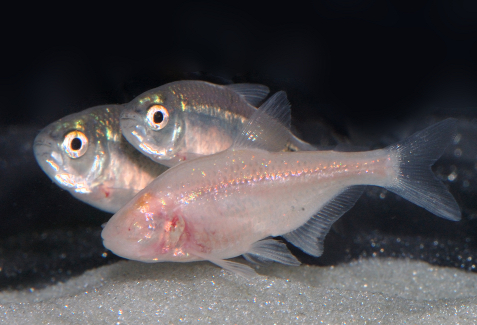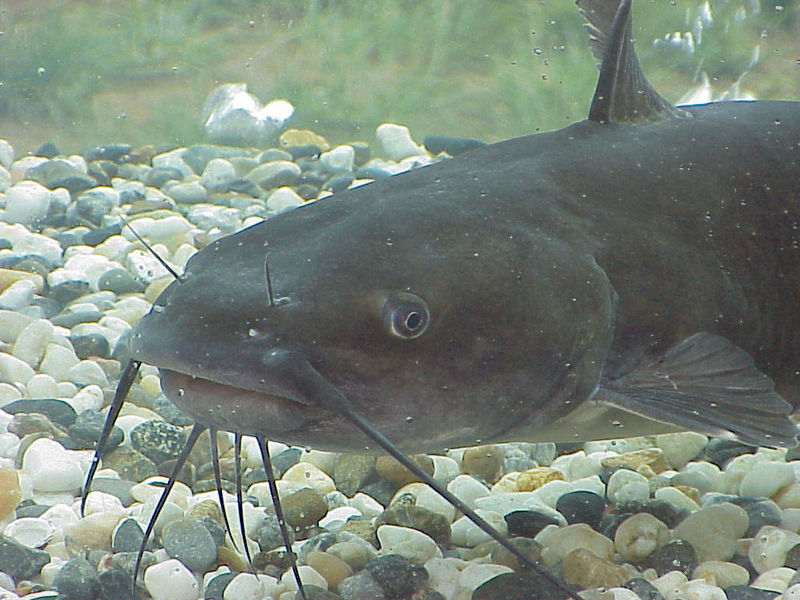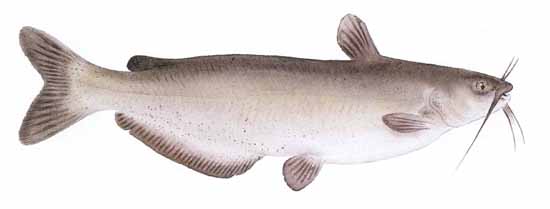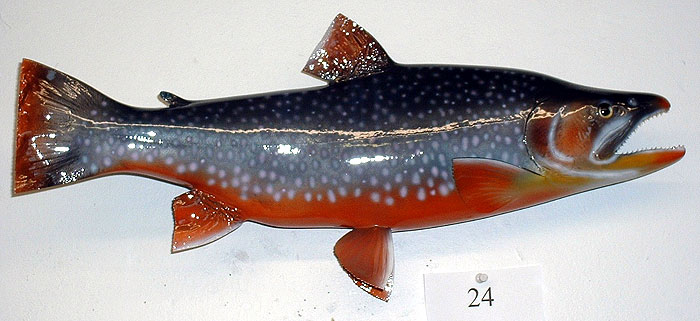Cat Shark
While there are no assurances of absolute
safety in the
ocean, statistical safety is always on your side. Given the
number of swimmers, surfers, floaters, skiers, and other bathers in the oceans
of the world at any given time compared to the actual number of shark attacks in
those same waters, there is relatively little risk of shark attack in being in
the waters of our oceans. I know that this is little comfort to those of
you that are afraid of sharks or the ocean. I hope that fear will not stop
you from enjoying our beaches.
